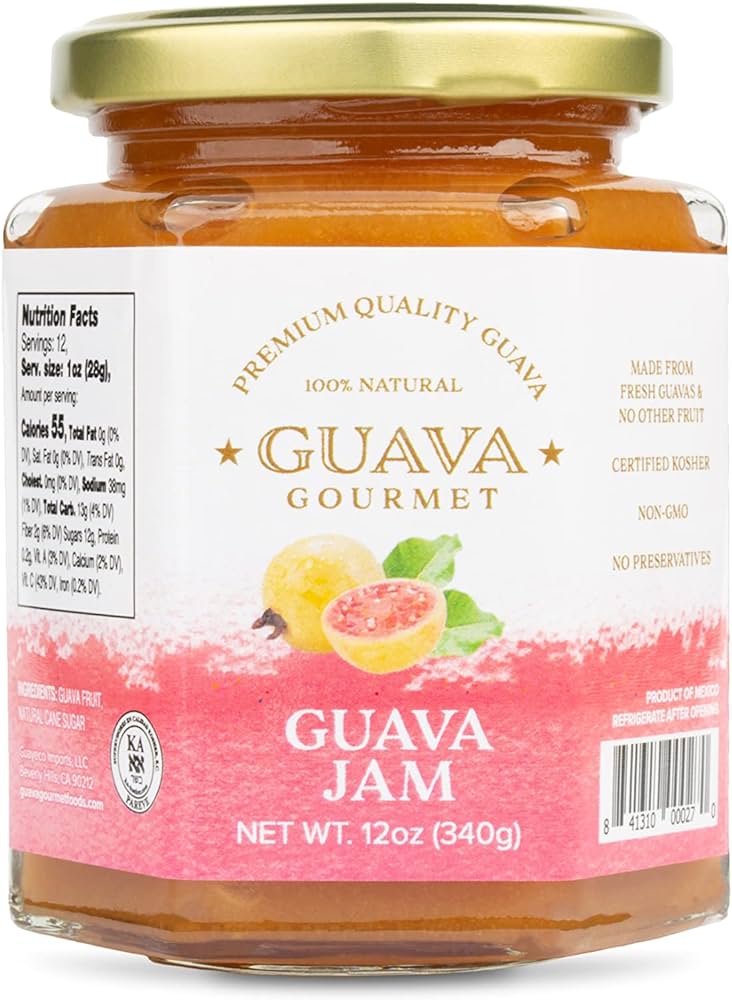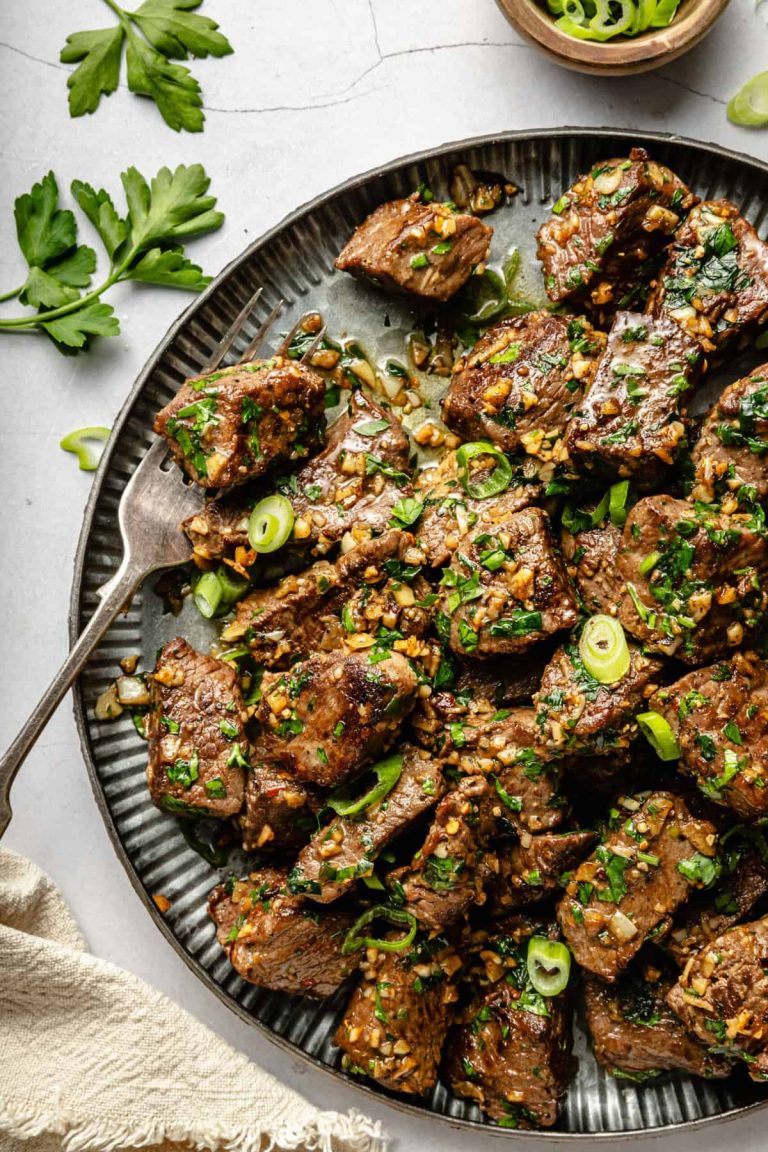Spanish Rice Recipes: Classic, Vegetarian, Seafood, and More
Spanish rice, also known as “arroz rojo,” has deep historical roots. Emerging from the era of Moorish influence in Spain (711-1492 AD), it incorporates ingredients like saffron and garlic. These elements were introduced by the Moors and have since become staples in Spanish cuisine. By the 16th century, Spanish rice had evolved into a versatile dish, used both in everyday meals and festive occasions. It’s important to note that Spanish rice is not only a culinary delight but also a symbol of Spain’s rich historical tapestry.
Regional Variations
Different regions in Spain have distinct versions of Spanish rice, each with unique ingredients and cooking techniques. In Valencia, known for its paella, rice often includes seafood combined with saffron. In Andalusia, you’ll find a more tomato-based version with bell peppers. In Murcia, locals prefer adding sausages and beans to the mix. These regional variations showcase Spain’s diverse culinary landscape and provide distinct flavor experiences, enabling you to explore and appreciate the full spectrum of Spanish rice varieties.
Key Ingredients for the Best Spanish Cart
Rice Selection
Choose the right rice type for authentic Spanish rice. Bomba rice, often used in paella, is ideal due to its unique absorptive properties and ability to remain firm. Alternatively, Calasparra rice offers similar benefits with its round grain structure, holding up well under cooking. Use these varieties to ensure a perfect texture that soaks up flavors while maintaining a firm bite.
Herbs and Spices
Use essential herbs and spices to enhance the flavor of your Spanish rice. Saffron provides an unmistakable aroma and vibrant color, crucial for authenticity. Combine it with paprika, which adds a smoky note. Incorporate bay leaves for an earthy undertone and parsley to introduce freshness. Garlic and onions, though not herbs or spices, form the indispensable base for depth. Ensure you add these quality ingredients to achieve a well-rounded, aromatic dish.
Cooking Methods Compared
Stovetop Techniques
Cooking Spanish rice on the stovetop allows for precise heat control. Use a heavy-bottomed pan to avoid burning. Start by sautéing onions and garlic in olive oil until they’re translucent. Add the rice and stir until it’s lightly toasted. Pour in hot broth, saffron, and any additional spices you prefer. Bring the mixture to a boil, reduce the heat, cover, and simmer for 20-25 minutes until the rice absorbs the liquid. Stir occasionally to prevent sticking. If the rice is too dry, add more broth a little at a time.
Oven-Baked Alternatives
Oven-baking Spanish rice is another effective method that ensures even cooking. Preheat your oven to 350°F (175°C). In an oven-safe dish, combine sautéed onions, garlic, rice, broth, saffron, and spices. Cover the dish with foil to retain moisture. Bake for 30-40 minutes, checking periodically to see if the liquid is absorbed and the rice is tender. Remove the foil in the last 10 minutes of cooking to allow the top to become slightly crispy. This method benefits from consistent heat distribution, reducing the risk of burning.
Top 5 Spanish Rice Recipes to Try
Classic Spanish Rice
Classic Spanish Rice combines tomatoes, onions, peppers, and garlic. Use long-grain rice for this dish to achieve a fluffy texture. Start by sautéing onions, peppers, and garlic in olive oil. Stir in rice and let it toast slightly. Add tomatoes, either fresh or canned, and cook until they break down. Pour in broth, maintaining a 2:1 liquid-to-rice ratio. Season with paprika and cumin. Cover and simmer until rice absorbs the liquid, usually about 20-25 minutes. Garnish with fresh parsley before serving.
Vegetarian Delight
Vegetarian Spanish Rice offers a nutritious and flavor-packed option without meat. Incorporate vegetables like bell peppers, zucchini, and peas. Use short-grain rice for a more cohesive texture. Sauté the vegetables in olive oil, then add garlic and onions. Stir in rice, toast it slightly, and add vegetable broth. Combine with diced tomatoes, smoked paprika, and a touch of saffron for depth. Simmer until the rice is tender and the liquid has evaporated. Top with chopped cilantro for a fresh finish.
Seafood Infused Spanish Rice
Seafood-Infused Spanish Rice elevates the dish with shrimp, clams, and mussels. Bomba rice is ideal for this recipe due to its absorption quality. Begin by sautéing onions and garlic in olive oil. Add rice and toast lightly. Pour in seafood broth and a mix of tomatoes. Simmer for 10 minutes before adding shrimp, clams, and mussels. Cook until the seafood is done and rice has absorbed the liquid, about 10-15 minutes. Season with saffron and parsley. Ensure the seafood is fresh to enhance the taste.
Chicken and Chorizo Spanish Rice
Chicken and Chorizo Spanish Rice delivers robust flavors from both chicken and chorizo sausage. Use Calasparra rice, which absorbs flavors well. Brown chicken thighs and chorizo slices in olive oil. Remove and set aside. Sauté onions and garlic in the same pot, then add rice and toast it. Combine with chicken broth, tomatoes, and saffron. Place the browned chicken and chorizo back into the pot. Cover and cook until rice absorbs the liquid and chicken is tender, typically 20-25 minutes.
Spicy Spanish Rice
Spicy Spanish Rice adds a kick with jalapeños or chili peppers. Opt for medium-grain rice for even cooking. Start by sautéing onions, garlic, and diced jalapeños in olive oil. Add rice and toast it briefly. Pour in chicken or vegetable broth and canned tomatoes. Season with smoked paprika, chili powder, and cumin. Simmer until the rice is tender, around 20 minutes. Add fresh cilantro and a squeeze of lime juice before serving for extra zest. Adjust the spice level by adding or reducing the amount of jalapeños.
Pairing Spanish Rice with Other Dishes
Meat and Fish Pairings
Spanish rice pairs perfectly with various meat and fish dishes, adding depth to your meals. Try combining Spanish rice with grilled chicken or pork chops for a hearty dinner. The savory rice complements the smoky flavors of grilled meat and enhances the overall dish. If you’re a seafood lover, pair Spanish rice with grilled shrimp or baked cod. The rice’s mild spices and tomato base balance the delicate flavors of fish, creating a well-rounded meal.
Another excellent option is to serve Spanish rice with chorizo. The spicy sausage brings a robust flavor that mingles well with the rice’s ingredients. For a more elaborate dish, consider a surf-and-turf option like grilled steak and shrimp on a bed of Spanish rice, offering a delightful blend of land and sea flavors.
Vegetarian Pairing Options
Spanish rice also pairs well with vegetarian dishes, making it a versatile side. Serve it alongside roasted vegetables like bell peppers, zucchini, and eggplant for a colorful and nutritious combination.
For a protein boost, pair Spanish rice with black beans or chickpeas. The beans’ texture and flavor complement the seasoned rice, creating a satisfying dish. Another option is to serve Spanish rice with a simple green salad dressed in a light vinaigrette. The freshness of the salad balances the rich flavors of the rice.
Additionally, Spanish rice can be a base for stuffed bell peppers. Fill bell peppers with a mixture of Spanish rice, beans, and corn, then bake for a delicious and visually appealing meal. This pairing enhances the flavors of the rice while providing a complete vegetarian dinner.
Conclusion
Exploring the world of Spanish rice opens up a rich tapestry of flavors and culinary traditions. Whether you’re drawn to the classic recipes or eager to experiment with seafood or vegetarian options, there’s a Spanish rice dish for every palate. Pair it with your favorite proteins or vegetables to create a meal that’s both satisfying and versatile. Embrace the heritage and adaptability of Spanish rice, and you’ll find it becoming a staple in your kitchen. So go ahead, try out these recipes, and bring a taste of Spain to your table.





